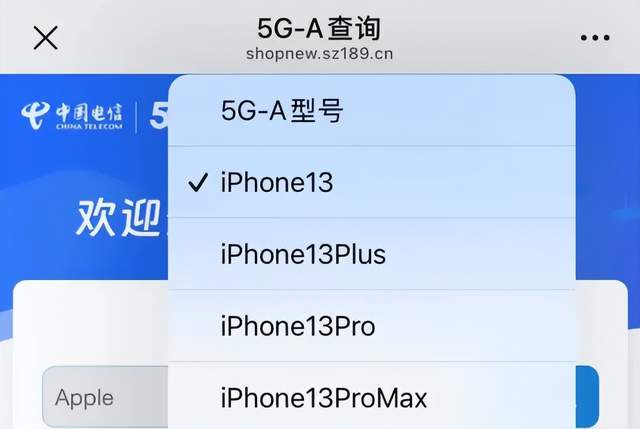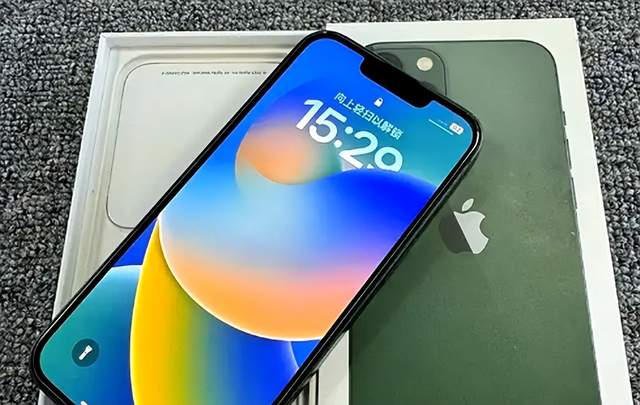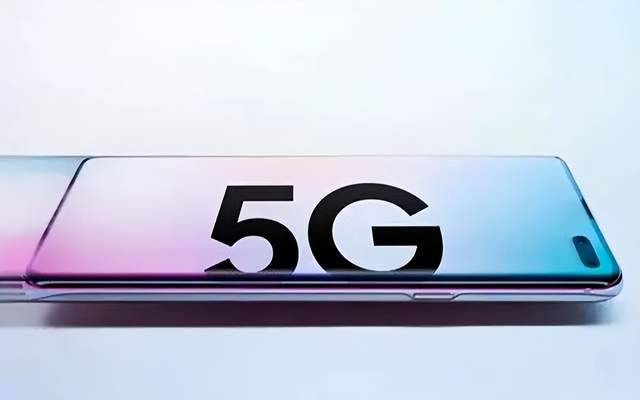5.5G Technology Ushers in New Era: iPhone Maintains Advantage, Domestic Phones Face Challenges
![]() 03/17 2025
03/17 2025
![]() 659
659
The advent of 5.5G technology marks yet another leap in 5G evolution. For consumers wielding domestic mobile phones, this upgrade may necessitate yet another round of replacements, underscoring the relatively lower cost of sticking with an iPhone. Regardless of the rapid pace of 5G advancements, the iPhone consistently meets the demands of technological upgrades, whereas domestic mobile phones often find themselves obsolete with each new generation of 5G enhancements.

Currently, the three major telecom operators have rolled out 5.5G services in select cities, boasting download speeds of up to 10Gbps. However, to harness these blazing speeds, mobile phones must also be compatible with this advanced technology. Among the current crop of 5G handsets, only a select few, including Apple's iPhone, support 5.5G.
What astounds the industry is that not only the latest iPhone models embrace 5.5G technology but even the earlier iPhone 13 is equipped to do so. The iPhone 13 simply requires an iOS system update to activate its inherent hardware support for 5.5G, underscoring Apple's technical prowess and its high priority in staying ahead of the curve.
Apple's iPhone has consistently led the pack in supporting 5G technology, boasting the highest number of supported bands. The inaugural 5G iPhone, the iPhone 12, supported 15 bands. With the iPhone 13, Apple further extended support to 5G mmWave bands and multi-spectrum aggregation technology, making the iPhone 13 the pioneer in 5.5G compatibility.

Due to varying national conditions, global 5G networks operate on different frequencies. To connect to these networks, mobile phones must support the respective operators' 5G bands. The iPhone, with its extensive band support, seamlessly connects to most global 5G networks, enabling true one-device global roaming.
Since the commercial launch of 5G in China in 2019, the domestic market has witnessed numerous technological iterations, sparking heated debates. From the initial debate between 5G SA and 5G NSA to the subsequent addition of 5G bands, these upgrades have significantly impacted the domestic mobile phone landscape.
When operators initially commercialized 5G, they primarily utilized the 2.6GHz and 3.5GHz bands. To cut costs, many mobile phones initially supported only these bands. Later, China Mobile and China Broadcasting Network collaborated to deploy 5G networks using the 700MHz band, prompting domestic mobile phones to swiftly adopt this band due to China Mobile's substantial influence.

Subsequently, China Unicom obtained a license to use the 900MHz band for 5G, while China Telecom utilized the 800MHz band, necessitating mobile phone manufacturers to support these additional bands. Now, with the commercial availability of 5.5G, mobile phone companies must also integrate 5G mmWave bands and multi-spectrum aggregation technology.
Amidst these 5G technology upgrades, numerous 5G mobile phones have become obsolete due to their inability to keep pace with technological advancements. Cost-saving measures are a primary culprit, as supporting more bands incurs higher costs. Apple stands alone in its foresight, initially designing its phones to accommodate future 5G upgrades, supporting the broadest range of 5G bands, and pioneering multi-spectrum aggregation technology from the iPhone 13 onwards, thereby avoiding obsolescence.

The iPhone's comprehensive 5G technology is a key reason for its widespread appeal among high-end consumers. These users frequently travel overseas and require support for a diverse array of bands to connect with a broader spectrum of operators, ensuring reliable signal availability internationally. In contrast, early models of domestic mobile phones struggled to support even the 5G bands subsequently adopted by domestic operators, let alone the diverse bands employed by overseas operators.








